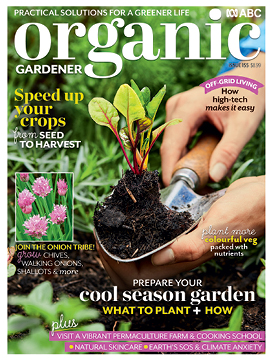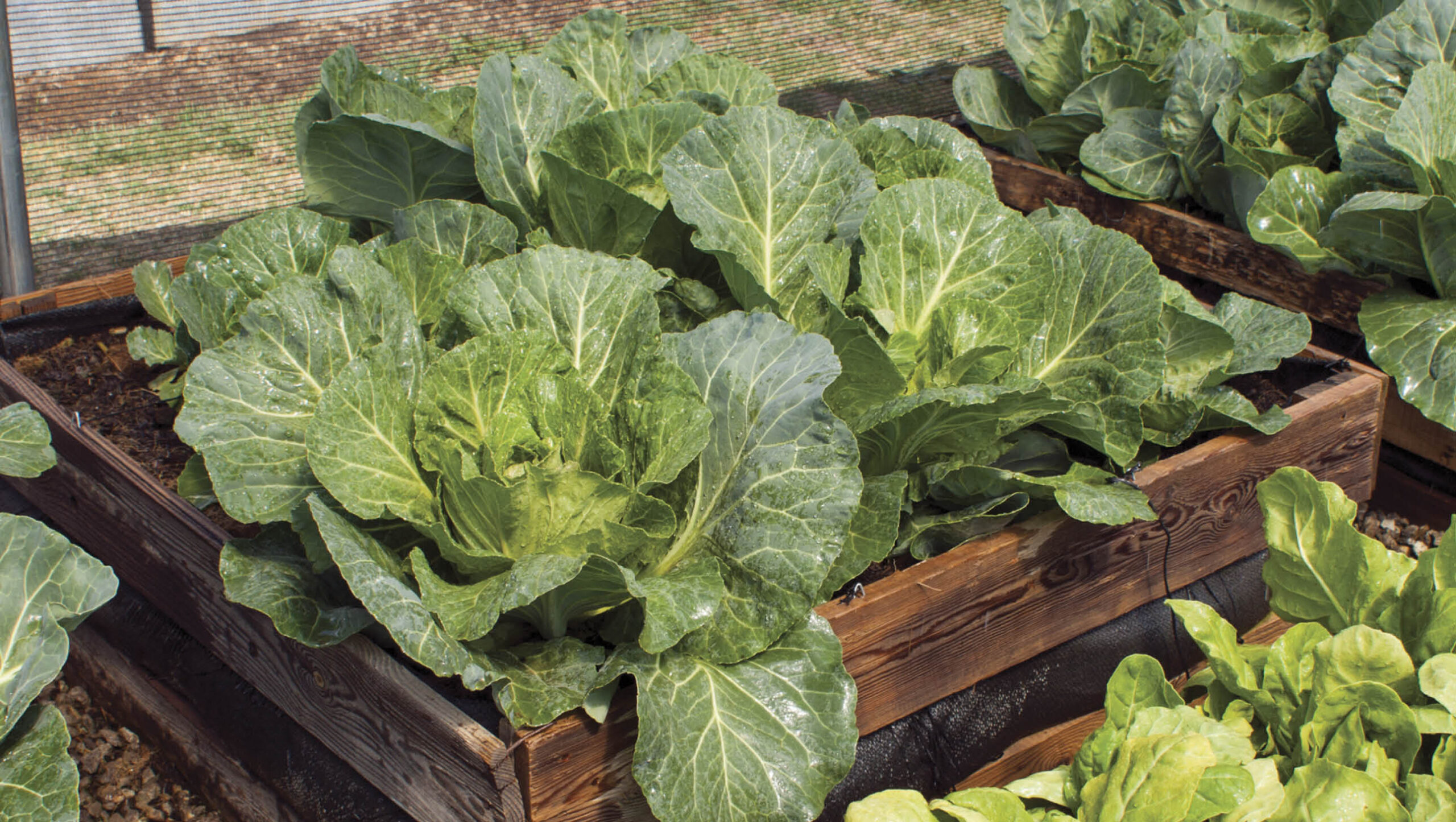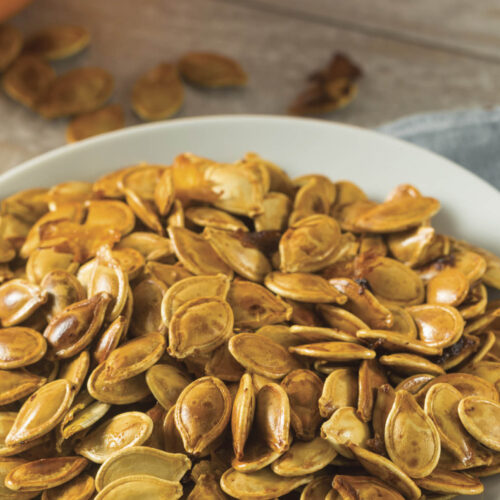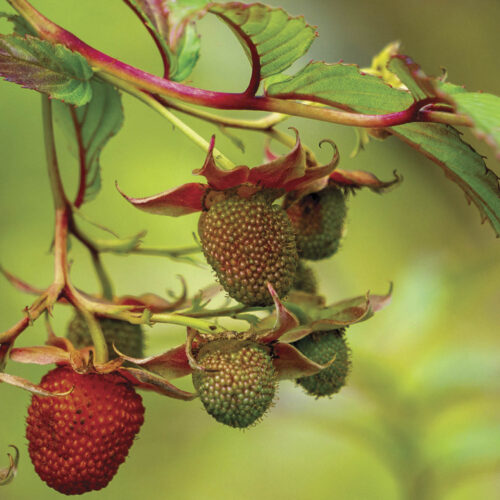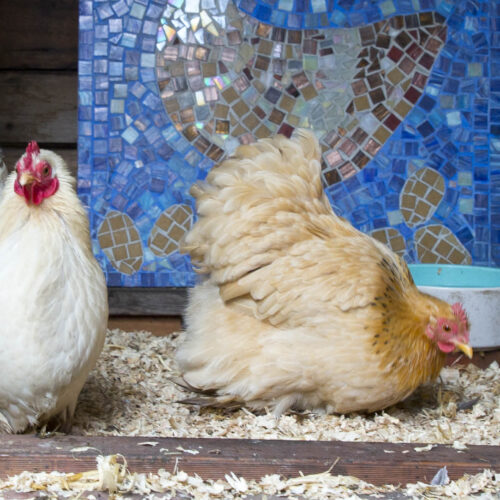Prepare your patch for the cool season
2025-01-24T12:31:39+11:00
Autumn is the time to turn our attention to planning and prepping our winter garden.
As we approach the end of a long hot summer, the promise of cooler weather is just the thing to lift our gardening spirits! With autumn on the horizon, it’s time to get busy thinking about phasing out some of the summer crops that have served us well. We also need to turn our attention to planning and prepping our patches for winter vegies.
Think of all the brassicas (cabbage, cauliflower, broccoli, kale and Brussels sprouts), along with legumes (such as snow peas and broad beans), aromatic onions, garlic and leeks, and a rainbow of leafy greens ready to thrive in the cooler months.
If you’re lucky enough to garden in the subtropics or tropics, mild winters mean you can even stretch into warm-weather delights such as tomatoes, beans and zucchini – and you’ll find there will be fewer pests for you to deal with as well.
Plan ahead
Getting started ahead of the season is the key to an early cool season harvest, however starting winter vegies at the tail end of summer has its challenges.
Heat-sensitive seeds and seedlings need a helping hand with a set-up that mimics the cool conditions they demand – something like a mini shadehouse. You’ll also have far greater success starting your cool season plants in containers, rather than sowing seed directly in the patch where they’ll be exposed to the elements. Growing seedlings in small pots in a controlled and protected environment until such time conditions are cool and mild enough to plant them in the ground will give your cool season crops a big head start.
Working around existing crops
Still got some summer crops hanging on? No problem! You can prepare the surrounding soil without disturbing them. Carefully spread compost and mulch around the plants, skipping the fertiliser for now unless it’s a nutrient-hungry crop like corn or eggplants that are still in full production. Avoid loosening or digging the soil near existing crops – it could shock them into decline. Save that task for when the crop has finished and been harvested.
You’ll find specific growing tips for brassicas, legumes, alliums and leafy greens in Phil’s full article in our Early Autumn 2025 magazine (OG 155).
